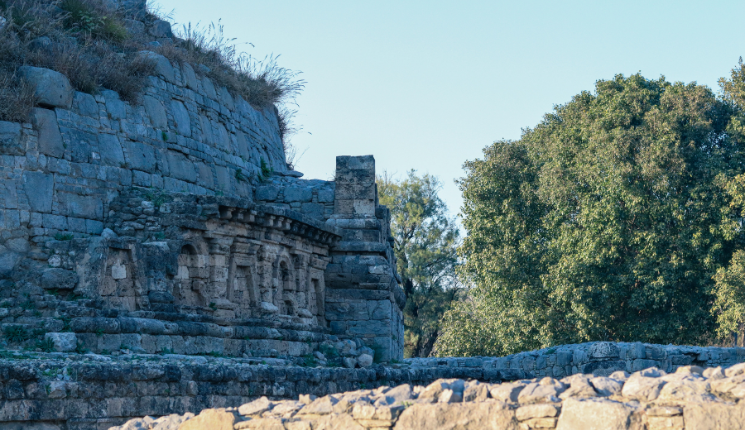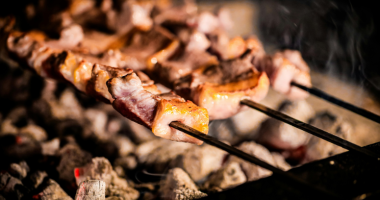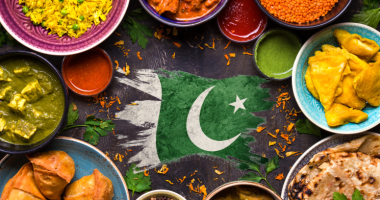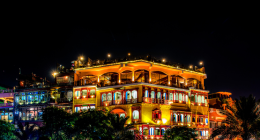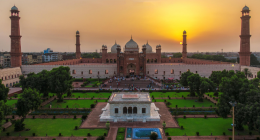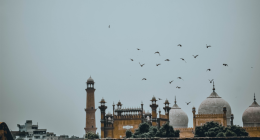If you’re curious about a place where ancient history and delicious food come together in perfect harmony, Taxila is the spot to visit. Nestled in Pakistan’s Punjab region, Taxila is a treasure chest of culture, heritage, and culinary delights. But it’s not just a city frozen in time — it’s alive with flavors that tell stories of its rich past and vibrant present. So, grab a seat and join me on a tasty tour through Taxila cultural cuisine!
Why Taxila Is More Than Just History
First off, let’s talk about what makes Taxila truly special. Most people know it as a historic city, famous for its archaeological sites and ancient ruins. The city was once a thriving hub on the Silk Road, attracting scholars, traders, and travelers from all over. Today, the Taxila Museum and nearby ruins like Sirkap and Jaulian give visitors a glimpse into the past.
However, history here isn’t stuck behind glass cases. It spills into the streets, markets, and especially the kitchens. The local food reflects the layers of cultural influences from Greeks, Persians, Buddhists, and indigenous tribes who lived here centuries ago. So, when you taste the food, you’re actually tasting history itself.
Exploring Taxila Cultural Cuisine: A Feast for the Senses
The phrase “Taxila cultural cuisine” isn’t just about dishes on a plate; it’s about how food connects people, traditions, and stories. Imagine spices filling the air, fresh breads coming out of stone ovens, and locals sharing meals as they’ve done for generations.
Traditional Flavors Rooted in History
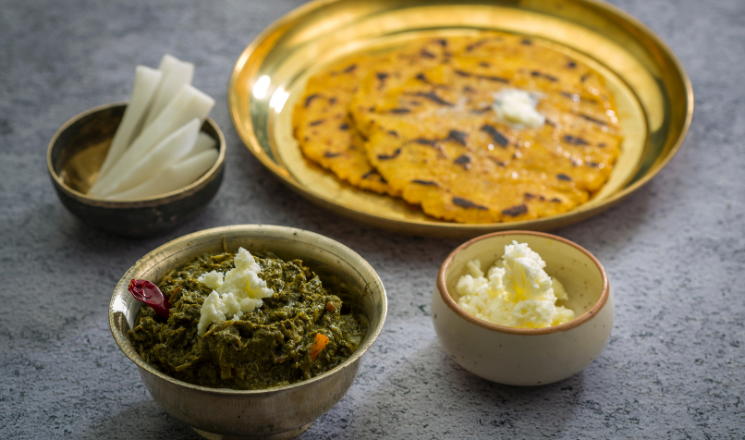
One cannot mention Taxila cultural cuisine without talking about its traditional dishes. Foods like chapli kebab, a spicy minced meat patty, are local favorites. These kebabs, seasoned with pomegranate seeds, coriander, and chili, carry flavors that locals have perfected over time.
Another must-try is makai ki roti (cornbread) served with fresh homemade butter or local chutneys. This simple dish showcases how basic ingredients become extraordinary through traditional preparation. Also, dishes like saag (spinach curry) reflect the agrarian lifestyle of the region and its emphasis on fresh, wholesome ingredients.
In addition, sweets like jalebi and gajar ka halwa are widely enjoyed during festivals and family gatherings. These treats bring people together, reinforcing the strong community ties embedded in Taxila’s culture.
Markets and Street Food: Where Culture Comes Alive
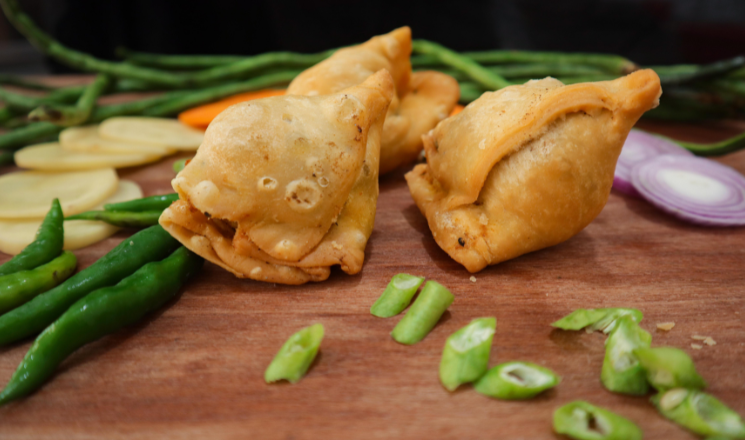
To truly experience Taxila cultural cuisine, dive into its bustling markets and street corners. Vendors fill the old bazaars with everything from fresh fruits to fragrant spices.
Street food here is vibrant and irresistible. Imagine biting into a warm samosa filled with spiced potatoes or savoring pakoras (fried vegetable fritters) dipped in tangy tamarind sauce. These snacks are more than just food; they’re part of the daily life rhythm and social bonding.
Moreover, many street stalls in Taxila have been family-run for decades, which means recipes and cooking techniques are passed down through generations. This continuity keeps the local food culture alive and authentic.
The Role of Festivals in Shaping Food Traditions
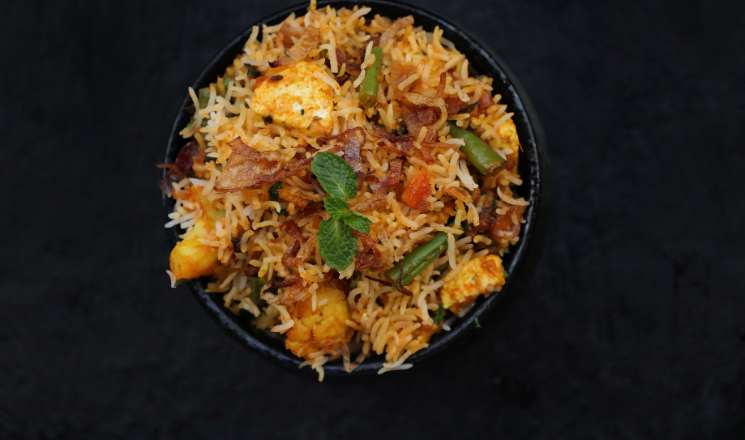
Food and culture are inseparable during celebrations. Festivals in Taxila, such as Eid, Basant, and local harvest festivals, showcase how culinary traditions strengthen community identity.
During these times, homes and streets fill with the aroma of special dishes cooked only once or twice a year. Families prepare feasts that include biryani, rich curries, and sweet dishes, symbolizing prosperity and gratitude. These occasions are perfect for visitors to witness the warmth and generosity of Taxila’s people.
Where to Taste the Best Taxila Cultural Cuisine Today
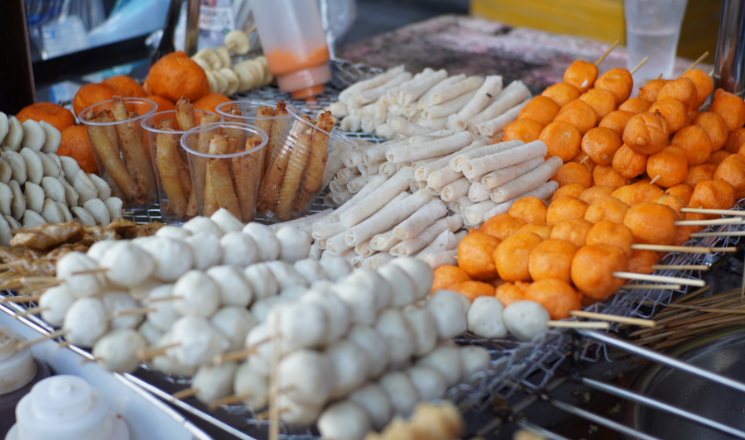
If you plan to visit, several places stand out for experiencing Taxila’s cultural cuisine firsthand.
- Taxila Museum Café: Located near the archaeological site, it offers snacks and light meals inspired by traditional recipes. Perfect after a day of exploring ruins.
- Local Street Vendors: For the adventurous eater, street food stalls near Sirkap offer fresh, authentic tastes in a lively atmosphere.
- Family-Run Restaurants: Small eateries along the main roads serve homemade classics. Don’t miss the chance to chat with owners, who love sharing stories about their dishes.
Apps like Zomato and Google Maps can help find top-rated spots and read real customer reviews. This way, you won’t miss hidden gems that tourists often overlook.
Beyond Food: Cultural Experiences in Taxila
Food stands as a major highlight, but Taxila’s culture goes far beyond what you eat. The city lives as a museum where every corner tells a story. Visitors attend cultural festivals, watch traditional crafts being made, and enjoy music and dance performances celebrating the local heritage.
History buffs join walking tours led by local guides who share fascinating insights about the city’s evolution and how culture shaped its cuisine. These tours often finish with tasting sessions, where you try foods connected to the sites you visit — a perfect blend of education and flavor.
How Food Connects Past and Present in Taxila
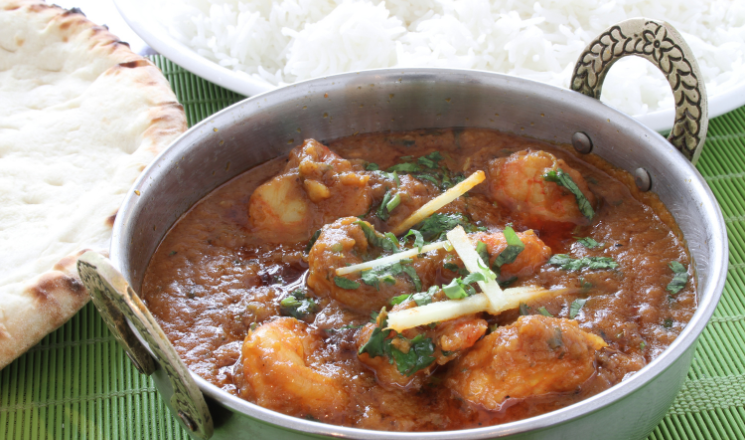
What’s amazing about Taxila is how food serves as a bridge between the ancient and the modern. Even though the city embraces new trends and technology, it holds onto its culinary roots tightly. Families still cook recipes passed down for centuries, while younger generations experiment by mixing traditional and modern flavors.
This blending means you might find a classic nihari (slow-cooked meat stew) alongside a fusion dish combining spices with new ingredients. This evolving food culture shows how deeply ingrained and adaptable Taxila’s heritage really is.
Final Thoughts: Why Taxila Cultural Cuisine Is a Must-Experience
In conclusion, discovering Taxila cultural cuisine means immersing yourself in a world where every bite carries history, tradition, and community spirit. Whether you’re wandering ancient ruins or chatting with a street vendor, food here tells stories that words alone cannot express.
So, when planning your next trip, remember Taxila is not just a city to see but a culture to taste and feel. Its unique combination of archaeological wonders and vibrant flavors guarantees an experience that will stay with you long after your visit.

